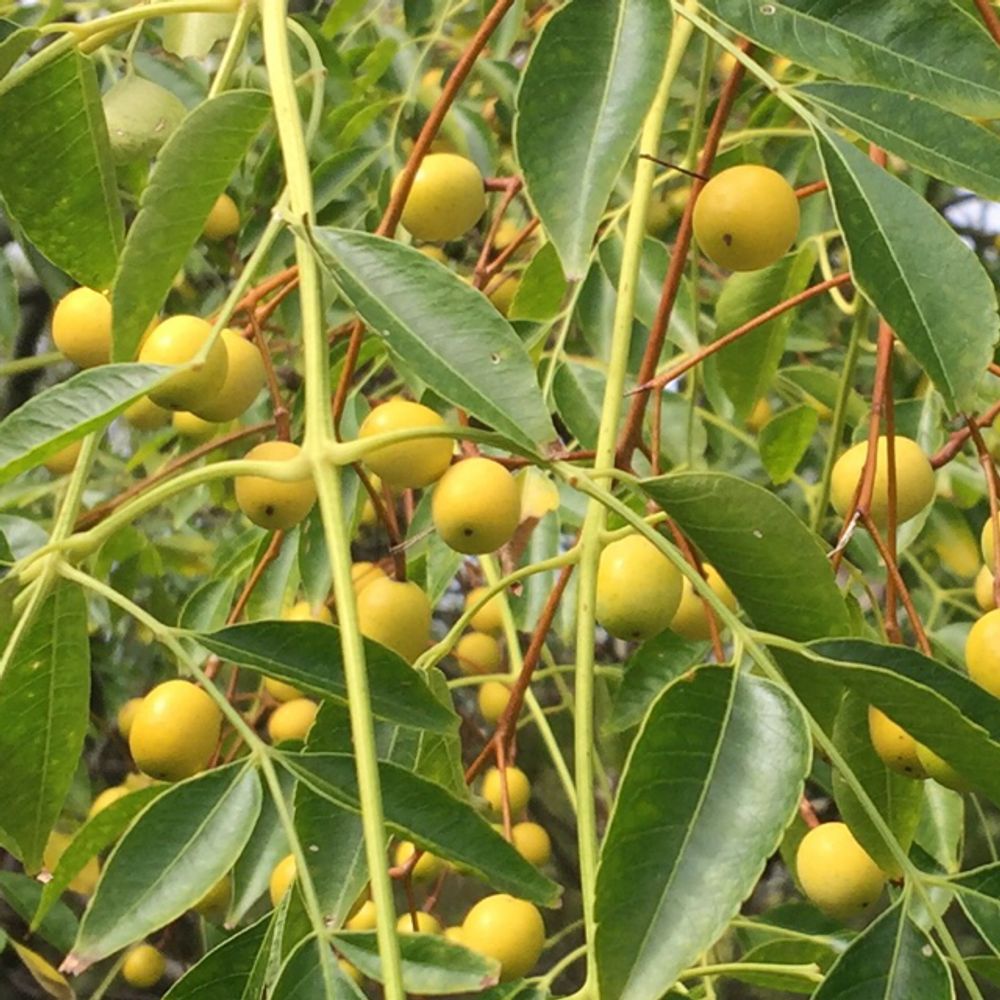Boscia senegalensis
(Boscia senegalensis)

Description
Boscia senegalensis, commonly known as hanza, is a member of the family Capparaceae. The plant originated from West Africa. Still a traditional food plant in Africa, this little-known fruit has potential to improve nutrition, boost food security, foster rural development and support sustainable landcare. Boscia senegalensis is a perennial woody plant species of the genus Boscia in the caper family, Capparaceae. This plant is classified as a dicot. Native to the Sahel region in Africa, this evergreen shrub can grow anywhere from 2 to 4 m (6 ft 7 in to 13 ft 1 in) in height under favourable conditions. The leaves of the plant are small and leathery, reaching 12 cm × 4 cm (4.7 in × 1.6 in).[2] B. senegalensis produces fruits, clustered in small bunches, in the form of yellow spherical berries, up to 1.5 cm (0.59 in) in diameter. These fruits contain 1–4 seeds, which are a greenish hue when mature. Boscia senegalensis is recognized as a potential solution to hunger and a buffer against famine in the Sahel region due to the variety of useful products it yields. It produces products for consumption, household needs, and medicinal and agricultural uses.
Taxonomic tree:







